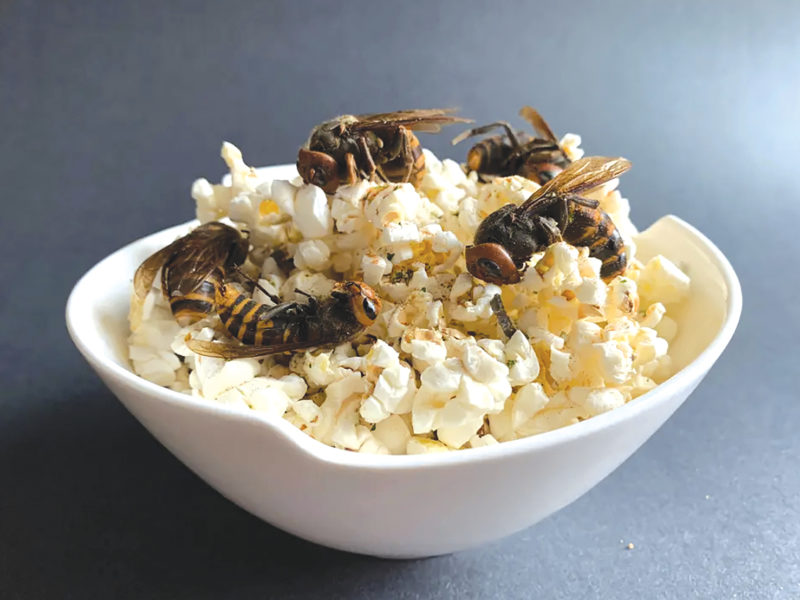ABBOTSFORD – Canada has yet to follow the lead of Washington State and move to declare Asian giant hornet (Vespa mandarinia) a quarantine pest.
On April 7, Washington officials filed for all species in the genus Vespa to be placed on the list of quarantined pests for the state. The hornets were first reported in Washington in 2019 and an active nest was destroyed last year near Blaine.
The proposed rule would prohibit the sale of any species as well as the movement or distribution of the unwanted pest throughout the state. Washington State Department of Agriculture inspectors would be able to control and limit entry to an area within 20 metres of an infested site to enable removal of the nest and all hornets.
A public hearing will be held in May with an intended adoption date soon after.
The proposed quarantine acknowledges the risk hornets pose to agricultural crops and pollinators, as well as to humans and livestock.
If the rule is approved, federally in the US, US-APHIS will take phytosanitary actions if a quarantine pest such as Asian giant hornet is detected in an imported shipment to mitigate the threat.
But the Canadian Food Inspection Agency has taken a different approach entirely.
CFIA issued a decision document in February 2020 stating it will not declare the Asian giant hornet a quarantine pest for Canada. This means there are no restrictions on the import or movement of any commodities that may contain the insect. It does require permits for the deliberate importation of hornets.
CFIA intercepted Asian giant hornets entering the country in luggage in 2013. But in the case of the 2019 nest found in Nanaimo, CFIA says the hornets’ origin is unknown.
International and interstate shipping may aid in their distribution. Besides sightings relatively close to coastal shipping areas, sightings to date have been close to rail lines.
Genetic analysis reveals that the 2019 Nanaimo V. mandarinia are a close match with hornets originating in Japan, and the Washington State V. mandarinia are a close match with hornets in South Korea. This is indicative of separate introductions, possibly in marine cargo.
However, deliberate smuggling may also be a source of introduction since Asian giant hornet is a commodity and a delicacy. It is not known if any business imports live hornets in any life stages, but they are known to be bred in other areas of the world for a food and medicine source.
In 2010, V. orientalis was found in Washington. V. soror was identified in downtown Vancouver in 2019, and there were several detections of V. mandarinia in Washington and BC in 2019 and 2020. In 2020, V. crabro was also detected in BC and Oregon.
BC provincial apiculturist Paul van Westendorp says import controls are Ottawa’s call, but the provinces have urged the federal government to review its inspection protocols.
“If there is a component lacking, they will beef it up. This is an ongoing discussion that we have entertained with the federal government,” says van Westendorp.
Under the international phytosanitary system, countries that designate a quarantine pest must put measures in place to prevent the pest’s entry into the country and control the pest. However, CFIA’s decision document explains that uncertainties about how the pest is entering Canada make it difficult to regulate, let alone control its movement.
There were six confirmed reports of Asian giant hornets in BC last year and 31 confirmed reports of the pest in Washington State. All confirmed sightings in BC were the result of public surveillance.
Surveillance activities in BC will continue this year. Washington surveillance efforts have already drawn 118 potential sightings, but the majority are unverified or have proven false.


 Building soil structure with organic compost
Building soil structure with organic compost